When most people come to Tokyo, they hit up three main places: Harajuku/Meiji Jingu shrine, Asakusa and Sensoji Temple, and the Shibuya Crossing (the famous huge crosswalk with all the TVs at the top of the buildings featured in most non-Japanese films set in Tokyo). The Shinjuku area is also visited by most tourists because it is a major transportation hub for trains and buses; however, not everyone goes to the place in Shinjuku that I think is far more interesting than any of the places mentioned above and is a place not to miss when in Tokyo—Golden Gai.
Please note: Affiliate links are used in this post. If you make a purchase, I earn a small commission at no cost to you, which goes toward the cost of maintaining this blog.
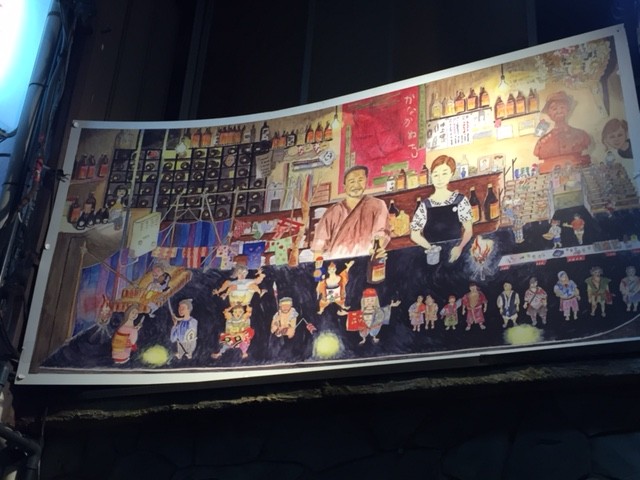
Golden Gai artwork
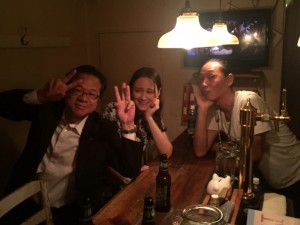
Me meeting the friendly locals and awesome bartender, Tsuyoshi, at a bar called Ace’s
Golden Gai is a small area of Shinjuku that consists of six small streets with even smaller alleys in between them. On these six streets are over 200 bars packed inside buildings no more than two stories high, with most of the bars seating no more than eight people. What is fascinating about Golden Gai is the fact that it even still exists, an immediate throwback to the post WWII days before Tokyo began its “economic miracle” revival period in the 1980s. Shinjuku is as modern as Japan gets, the neon signs at night so bright that you could be confused that it’s still daylight on the most vibrant streets in Kabukicho. Huge department stores such as Takashimaya and Isetan tower over you, their perfectly maintained storefronts selling the latest high-end brands. Golden Gai is like the place that Tokyo ignored and has been allowed to retain its dirty, crowded, unkept, anything-goes kind of atmosphere.
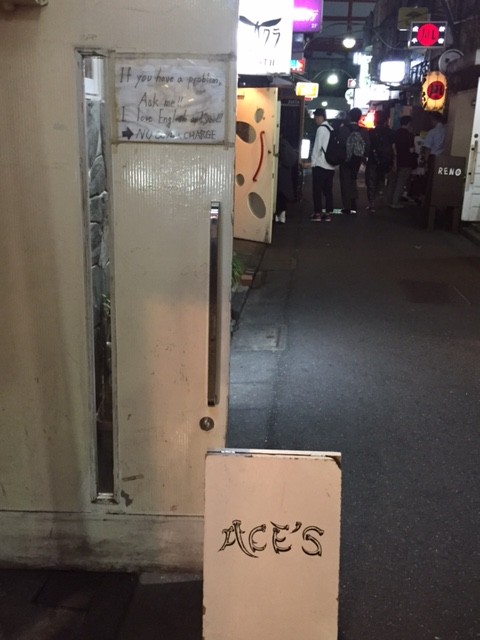
On the streets of Golden Gai – Ace’s is a great recommendation
I don’t want to sugarcoat anything. Golden Gai used to be known for prostitution before it was made illegal in 1958. Since the 1960s, it became known for its bars, and quite a few of the bartenders in Golden Gai today have been working in the same bars for over 40 years. The Japanese mafia, or yakuza, tried to burn Golden Gai down in the 1980s to allow developers to finally redevelop the area, but a series of Golden Gai supporters took turns guarding the place at night and the area was saved.
The first thing that you will notice upon reaching Golden Gai is that tourists definitely know about this place. A few times that I’ve been there, I felt like I saw more tourists on the six small streets than actual Japanese people (a very rare feeling in Japan), especially on a Saturday night.
The next thing that you will notice is that all of the bars are very tiny and very different from each other, including their interior design. Just to give you a few examples, there are bars called Troll, Kangaroo Court Decision, and Deathmatch in Hell all within a one-minute walk from each other. Jazz bars cooler than even your grandma remembers are right next to bars with more movie merchandise crammed into their tiny spaces than you thought still existed in the world.
Another thing that has to be mentioned, especially for the students on tight budgets who might be reading this, is the strange pricing system unique to each bar. Many bars charge a cover fee that can be anywhere from 500 yen to usually 1,000 yen at most. Some announce on a sign at the entrance that there is no cover fee, and some bars say that there is a cover charge but will waive it if they deem you a nice person or you buy a lot of drinks. You may want to check the system before you go in and spend 1,500 yen on one drink. Many bars also don’t serve food of any kind, only small snacks if you’re lucky, so it may be best to stop for dinner before you do to Golden Gai.
I should finally mention that some bars only allow access to their regular customers or regular customers bringing new customers for the first time. These bars usually don’t even look open, and you’ll quickly figure out which ones are tourist-friendly. Oh yeah, and don’t come on a Sunday night. Golden Gai is such a ghost town on Sunday nights.
The reason that I so highly advocate going to Golden Gai, despite the number of other tourists that you might see, is that it truly is an adventure every time you go, and you can have several adventures all in one night, as you bar hop. Because Golden Gai is so small, you are forced to interact with either just the bartender (if no one else is there), or get very cosy with the locals or other tourists sharing the barspace. Many bartenders actually speak some English these days because tourists have become much more common, but this will be a chance for you to definitely interact in Japanese and learn about modern Japanese culture firsthand from conversations with locals. The local Japanese people who do come to Golden Gai are actually very interesting and not your typical “Japanese salaryman” common in the business districts of Tokyo. Many Golden Gai customers have been coming for several years and are actors, musicians, designers, professors, dancers, and models. You will be definitely be surprised by the stories that you hear—trust me. The bartenders in Golden Gai also have far and away the best stories about people they have met over the years.
I encourage you to go out of your way and visit Golden Gai every time that you come to Tokyo. It has never disappointed me in all the times that I’ve gone, and every trip there brings hilarious new experiences that I can share later with my friends. I am a big believer in the people you meet being what makes travel the most memorable, and you are bound to meet unforgettable people in Golden Gai.
If You Go, Look For:
(Challenge yourself to find them all!)
Flamenco Izakaya Nana (フラメンコ居酒屋ナナ in Japanese)
Open Book (hidden behind a plain-looking wooden door)
Deathmatch in Hell
Ace’s Music Salon
Lonely
Rocket
Champion Bar
Albatross G
How To Get There
Golden Gai is about a ten-minute walk from the East Exit of Tokyo station and can be found by putting “Mister Donut” into Google Maps, and making sure that you follow the directions to it from the East Exit side of Shinjuku station. Golden Gai can be reached along the tree-lined street just behind and to the right of the Mister Donut storefront. Taxi drivers will also know how to get there, and it is only a five-minute drive from Shinjuku station. If you are coming from another part of the city by taxi, it’s best to ask your concierge to prepare the address for a taxi driver.
One More Thing!
Just five minutes away from Golden Gai is what I consider to be the best place to relax in Tokyo, a 24-hour, 6-story spa (known as an onsen in Japanese). It is called Thermae-Yu and it actually trucks in natural hot spring water to be able to call itself an onsen and not a sento, which is a bath or spa that does not use natural water. For less than USD 50, you can relax in a series of baths, scrub yourself down with salt and mud clay, or even sit in a beach chair on a rooftop or jump on a trampoline. It’s truly amazing!
Want a Local to Show You Around Golden Gai? Check out tours here:
Walking food and drinking tour of Shinjuku’s Golden Gai and Kabukicho (top-rated)
Golden Gai Secrets: A Curated Shinjuku Bar Hopping Tour
Private Shinjuku Nightlife Walking Tour & Golden-Gai Bar Crawl

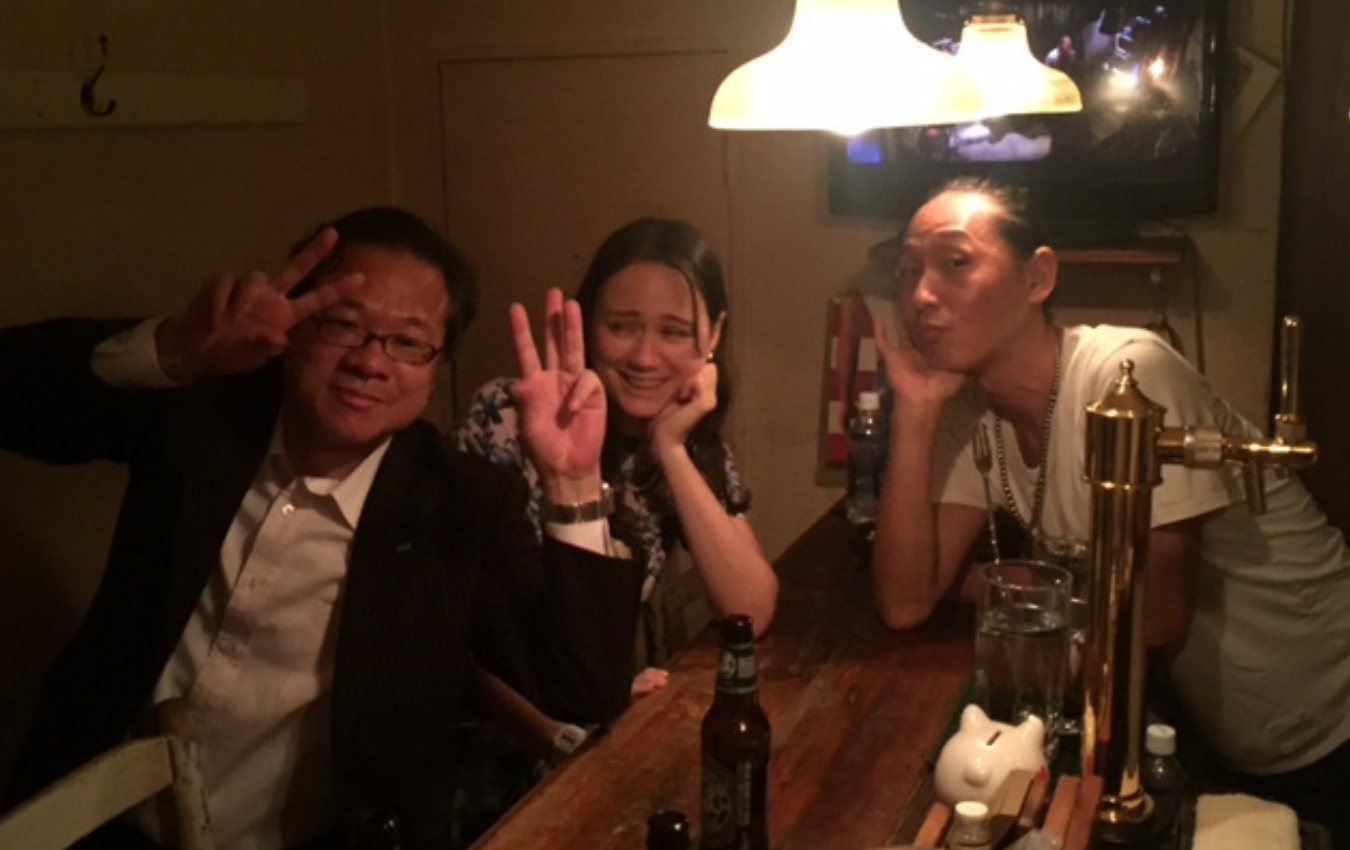
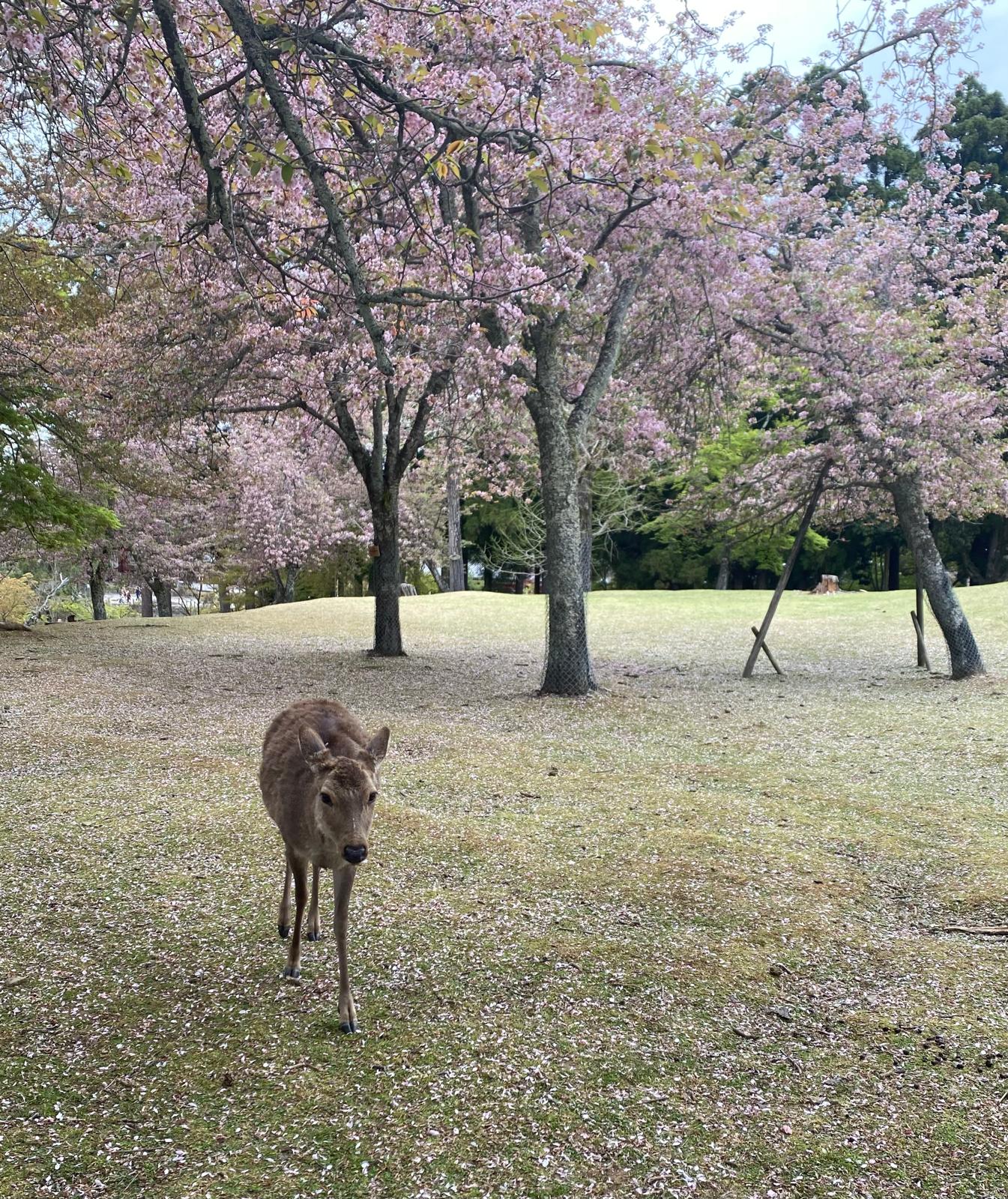
0 Comments